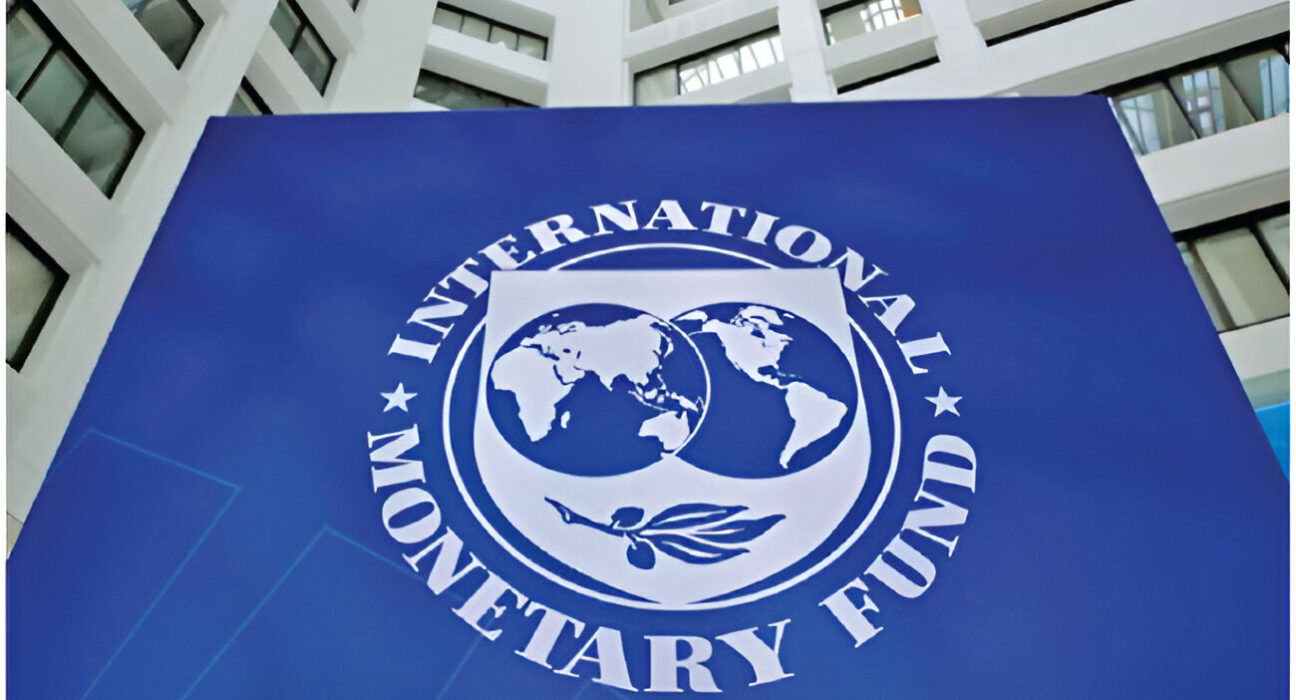The International Monetary Fund (IMF) has shed light on the varied impacts of rising interest rates across different economies in its recent World Economic Outlook. While global growth has defied expectations by staying afloat during this tightening cycle, the reasons behind this resilience hinge on the peculiarities of individual housing markets.
The IMF pinpoints the share of fixed-rate mortgages as a key determinant of how economies react to interest rate hikes. Countries with a higher proportion of fixed-rate mortgages tend to experience a buffering effect, delaying the full impact of higher rates on economic activity. The UK serves as a prime example – with a staggering 85% of mortgages fixed-rate, a significant portion of homeowners have been shielded from the immediate jolt of rising rates.
However, the IMF cautions that this protection is not perpetual. As these fixed-rate deals mature and require refinancing, a rude awakening awaits these homeowners. The IMF estimates that roughly 45% of fixed-rate mortgages in the UK, agreed upon before 2021, are yet to undergo renewal. While they will not face the same level of shock as those refinancing now, a substantial increase in their mortgage payments is inevitable.
The IMF warns that as these fixed-rate terms expire and reset, the true bite of higher interest rates will be felt. This could lead to a sharp decline in consumer spending, especially in households saddled with significant debt. In essence, the delayed effect of monetary policy could trigger a sudden and substantial dampening of economic activity.
This IMF report underscores the complexities of raising interest rates and the potential for unintended consequences. While some economies may enjoy a temporary reprieve due to the prevalence of fixed-rate mortgages, the long-term impact on household finances and overall economic growth cannot be ignored.
